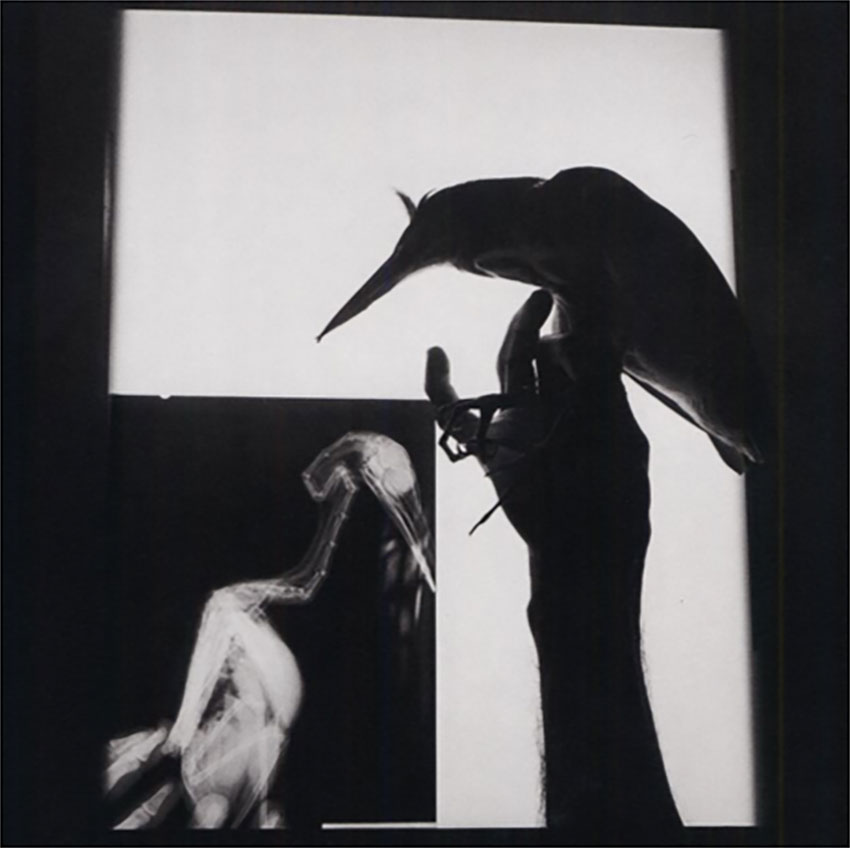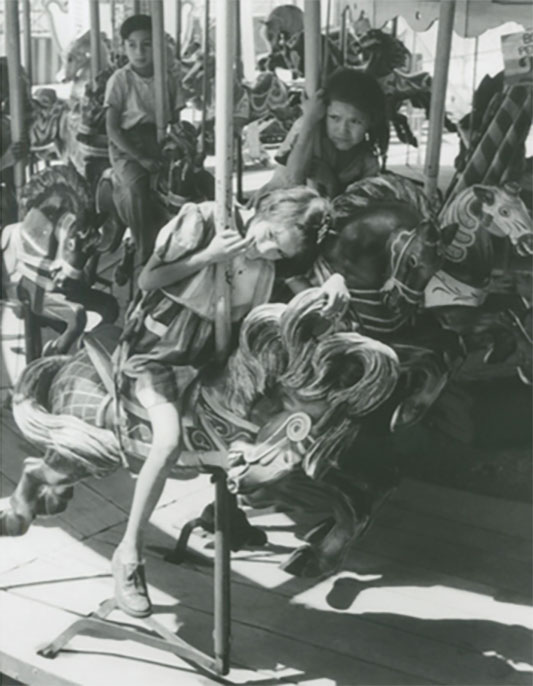Surrealismo Ojos de Mexico ~ Surrealism in Mexican Photography is an exhibition of vintage fine art photography at Throckmorton Fine Art in New York City from September 21 – December 2, 2017.
Surrealism in Mexico
A fertile period in Mexican culture after the Mexican Revolution of 1910 – 1920 coincided with the development of Modern Art in Europe, and the first attempts to implement socialist practice in various countries around the world.
The Surrealist art movement began in Europe at the same moment in history.
European artists and intellectuals were drawn to Mexico by the creativity and social theories of famous muralists such as Diego Rivera.
Europeans such as André Breton, the founder of Surrealism, thought they had something to teach the Mexicans. But what they found was a country that is naturally surreal.
Mexico tends to be a Surrealist place par excellence.
~ André Breton
Surrealism actually exists everywhere, but Latin Americans don’t try to rationalize it. We accept Surrealism or it’s literary cousin Magical Realism as part of life, a very real part of our lives. We allow the mystery of life to happen.
The creative community surrounding Rivera included his wife, Frida Kahlo, and a young photographer named Manuel Àlvarez Bravo.
Bravo became Mexico’s greatest photographer, and the father of Latin American photography. He lived to be 100. Upon his death in 2002, Graciela Iturbide assumed the mantle of the greatest living Mexican photographer.

Many other fine artists worked in Mexico along the way, both Mexican and foreign. Some stayed. Some left. In the end, the Mexicans probably taught the Europeans a thing or two. Real life is more compelling than creative artifice.
From a collector’s perspective, the art world is just beginning to recognize the quality of Latin American art that has been overlooked for so long.
Surrealismo Ojos de Mexico
The exhibition of 40 photographs includes masterworks by artists such as Rosa Covarrubias, Tina Modotti, Manuel Álvarez Bravo, Lola Álvarez Bravo, Kati Horna, Héctor García, Graciela Iturbide, and Flor Garduño.

Some of the work has that, “how did they do that?” quality. That’s life in old México.
An exhibition catalog is available.
